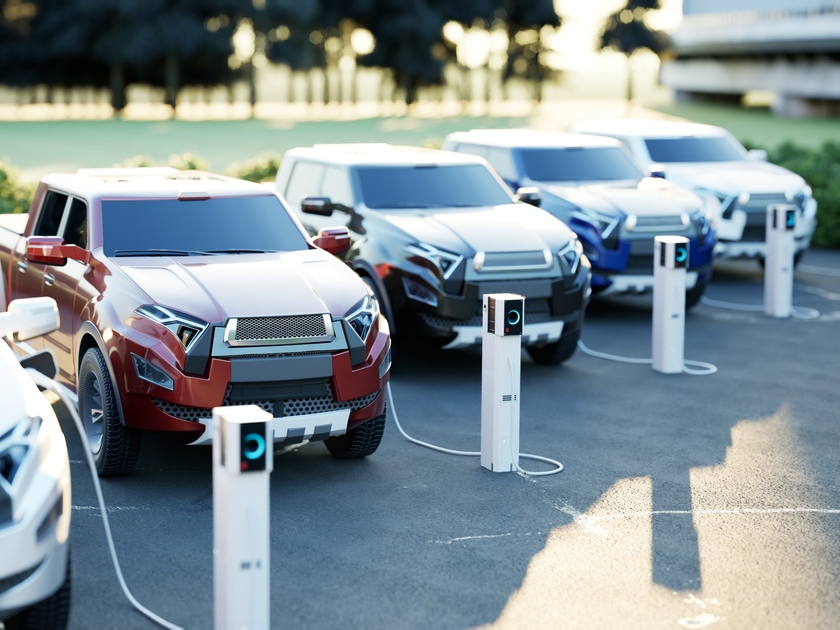As electric vehicles (EVs) grow in popularity, more businesses are exploring workplace EV charging programs to meet rising employee demands and demonstrate environmental leadership. Companies that install charging stations often notice higher recruitment and retention rates while boosting their building's green credentials through LEED certification points.
For employees, workplace charging alleviates range anxiety — a common concern about running out of battery power during daily commutes. Having access to charging at work also makes EV ownership more practical and appealing, particularly when combined with incentive programs.
If your organization is considering installing EV charging stations, carefully evaluate these six key factors to ensure successful implementation.
1. Employee interest
Understanding employee interest is essential for right-sizing your charging infrastructure. Conducting an initial survey can reveal how many employees currently own an EV, plan to purchase an EV and would potentially use workplace chargers. Regular annual surveys help monitor changing demands and facilitate the strategic expansion of charging facilities as adoption grows.
2. Parking infrastructure
Evaluate your parking infrastructure by taking into account space constraints and the accessibility of charging stations in relation to other on-site infrastructure. You’ll also need to identify where new electrical panels, power cabinets, conduit runs and charging stations can be installed without disrupting existing operations.
3. Type of EV charging station
Selecting the right type of EV charging station depends on the needs of your workforce and your budget:
- Level I chargers: Cost-effective but slow, providing two to four miles of range per hour of charging. Primarily suited for home use.
- Level II chargers: Deliver faster charging (12 to 32 miles of range per hour), making them ideal for workplaces where vehicles can rotate throughout the day. Provide EV drivers with range security and typically cost between $4,000 and $9,000 to install.
- DC Fast Charging: Adds around 100 to 250 miles of range in 30 to 40 minutes. Generally unnecessary for most workplaces, though it may benefit businesses with employees who travel frequently. Much more expensive to install (usually between $20,000 and $75,000).
4. Energy demand
Electricity usage will increase based on the type of chargers installed, how frequently they are used and the rate structure of your facility. For example, Level II chargers consume between 6,500 and 13,000 kWh per year. To put this into perspective, the average American home consumes approximately 11,000 kWh of electricity annually. Compare these requirements to your current energy consumption and assess how they impact costs.
5. Networked vs. standalone chargers
Networked stations connect to a central network, usually managed by a third party, to enable features like real-time monitoring, payment processing and usage analytics. They can also communicate with other devices, such as smartphones and building management systems. Although they have higher upfront and monthly costs, their advanced features make them ideal for businesses planning to charge for usage.
Standalone stations function independently, providing a cost-effective solution without network connectivity. While they lack features like usage tracking or remote management, they deliver reliable charging functionality without recurring fees. For small businesses installing just one or two stations and offering free charging, standalone units often represent the most practical choice.
6. Funding options
Numerous funding opportunities can help offset the expenses of establishing a workplace charging program. A federal tax credit is available. Additionally, the Alternative Fuels Data Center has a comprehensive database of incentives. Explore these options during the budgeting process.
By carefully weighing these factors, you can create a tailored solution that meets employee needs while aligning with your financial and sustainability goals.

